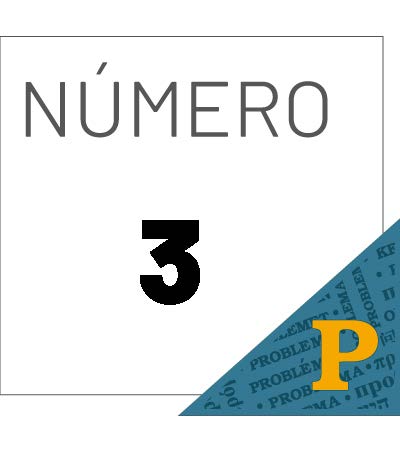The Living Tree Constitutionalism: Fixity and Flexibility
En este artículo el autor sostiene que el “constitucionalismo del árbol viviente” de Waluchow constituye una “revolución copernicana en nuestro pensamiento”, dado que proporciona no sólo una teoría del judicial review, sino una teoría general del judicial review y de la democracia. No obstante que el autor coincide en que en esta teoría de Waluchow existe un lugar para una metodología del common law, discrepa en caracterizarla como una que va de “abajo hacia arriba”. Por lo tanto, el objetivo del artículo es resaltar la importancia del argumento principal del libro A Common Law Theory of Judicial Review: The Living Tree por medio del cual se intenta proporcionar un mejor entendimiento de las garantías individuales y del judicial review, pero advertir una consecuencia innecesaria, es decir, reducir la explicación a una metodología del common law de “abajo hacia arriba”. A su vez el autor pretende proporcionar una corrección amigable: identificar la moralidad política constitucional de la comunidad a través de un método que es tanto de “abajo hacia arriba” como de “arriba hacia abajo”, metodología que se encuentra implícita en el libro de Waluchow.
Abstract:
In this article the author claims that Waluchow’s “living tree constitutionalism” constitutes a “copernican revolution in our thinking”, because it provides not a mere common law theory of judicial review but a general theory of judicial review and of constitutional democracy. Although agrees that something like the common law methodology is at play here, disagrees on characterizing it as bottom-up. Accordingly, intends to praise the main aspiration of A Common Law Theory of Judicial Review: The Living Tree, i.e. to provide a better understanding of charters and judicial re- view in a constitutional democracy by “the living tree” metaphor; to appraise an unwarranted claim, i.e. to reduce it to the common law bottom-up methodology; and, to raise the alternative with a friendly amendment, i.e. to identify the community’s constitutional political morality via, a method that is both bottom-up and top-down, which is already explicit —or at least implicit— in his account.
Detalles del artículo
Uso de licencias Creative Commons (CC)
Todos los textos publicados por Problema. Anuario de Filosofía y Teoría del Derecho sin excepción, se distribuyen amparados con la licencia CC BY-NC 4.0 Internacional, que permite a terceros utilizar lo publicado, siempre que mencionen la autoría del trabajo y la primera publicación en esta revista. No se permite utilizar el material con fines comerciales.
Derechos de autoras o autores
De acuerdo con la legislación vigente de derechos de autor Problema. Anuario de Filosofía y Teoría del Derecho reconoce y respeta el derecho moral de las autoras o autores, así como la titularidad del derecho patrimonial, el cual será transferido —de forma no exclusiva— a Problema para permitir su difusión legal en acceso abierto.
Autoras o autores pueden realizar otros acuerdos contractuales independientes y adicionales para la distribución no exclusiva de la versión del artículo publicado en Problema. Anuario de Filosofía y Teoría del Derecho (por ejemplo, incluirlo en un repositorio institucional o darlo a conocer en otros medios en papel o electrónicos), siempre que se indique clara y explícitamente que el trabajo se publicó por primera vez en Problema.
Para todo lo anterior, deben remitir la carta de transmisión de derechos patrimoniales de la primera publicación, debidamente requisitada y firmada por las autoras o autores. Este formato debe ser remitido en PDF a través de la plataforma OJS.
Derechos de lectoras o lectores
Con base en los principios de acceso abierto las lectoras o lectores de la revista tienen derecho a la libre lectura, impresión y distribución de los contenidos de Problema por cualquier medio, de manera inmediata a la publicación en línea de los contenidos. El único requisito para esto es que siempre se indique clara y explícitamente que el trabajo se publicó por primera vez en Problema. Anuario de Filosofía y Teoría del Derecho y se cite de manera correcta la fuente incluyendo el DOI correspondiente.




























